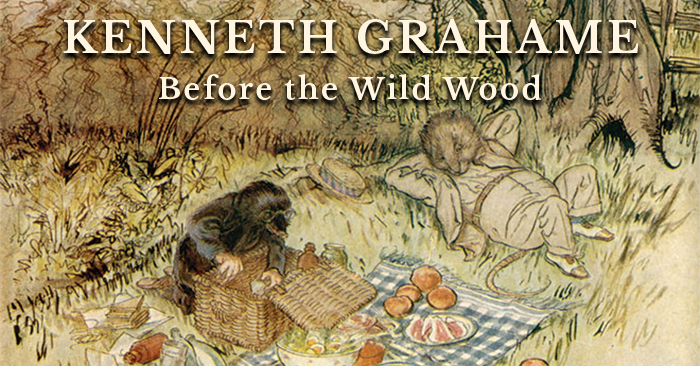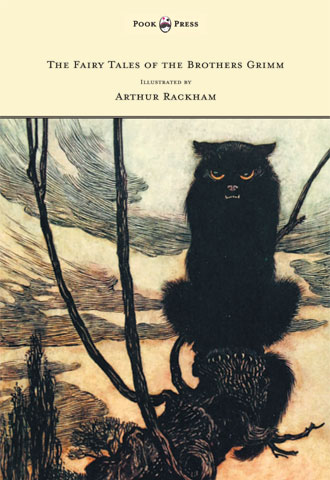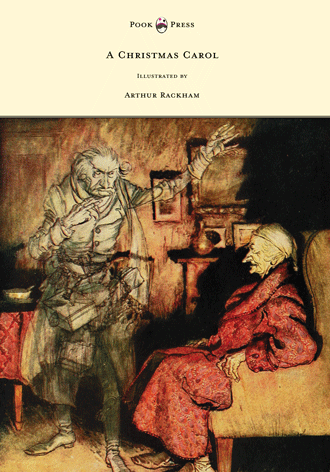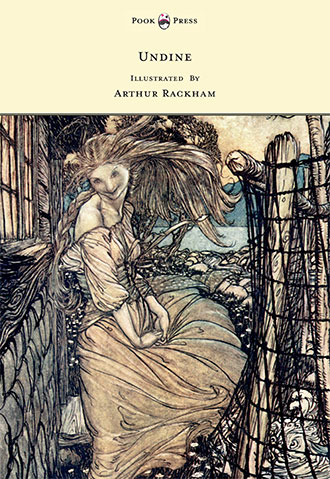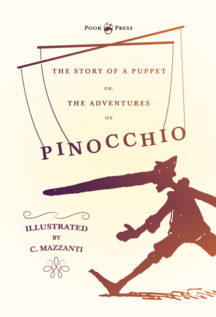Kenneth Grahame: Before the Wild Wood
Discover the history of The Wind in the Willows and the man behind the now cherished children’s story. This celebration of Kenneth Grahame features some of our favourite quotes from the exceptional children’s book as we delve into the backstory of Grahame’s life before the Wild Wood, along with a closer look at the stunning illustrations by Arthur Rackham from 1940.
Today, to him gazing south with a new-born need stirring in his heart, the clear sky over their long low outline seemed to pulsate with promise; today, the unseen was everything. The unknown, the only real fact of life.”
Kenneth Grahame: Before the Wild Wood
Beloved author Kenneth Grahame was born on 8th March 1859 in Edinburgh, Scotland. He is well-known worldwide for his treasured children’s book, The Wind in the Willows (1908) – a charming children’s classic that follows the thrilling adventures of four anthropomorphised animals: Mole, Rat, Toad, and Badger. Grahame’s legacy has seen many successful adaptations of his charming tale through film, theatre, and artwork.
Despite his later fame and success, Grahame’s life before the Wild Wood was less idyllic. When Grahame was just five-years-old, his mother contracted scarlet fever and passed away. His father suffered from an addiction to alcohol and was unable to look after his children. Grahame was given into the care of his Granny Ingle along with his siblings, Willie, Helen, and Roland. They moved out of Scotland to the unfamiliar Staffordshire countryside.
Discovering the Riverbank
The children embraced their new life in Staffordshire, exploring the natural surroundings. The newfound peace and tranquillity of Quarry Wood and the river on the children’s doorstep are thought to have inspired Grahame to create the beautiful rural setting in The Wind in the Willows. It was at this time that Grahame’s uncle, David Ingles, introduced him to boating. Decades before the Wild Wood was created, the seed of an idea was forming in young Grahame’s mind. The gentle water sport and the beauty of the riverside play a large part in The Wind in the Willows, when the charming Rat helps shy Mole to explore the world beyond the riverbank, starting with a boat trip.
Believe me, my young friend, there is nothing – absolutely nothing – half so much worth doing as simply messing about in boats.”
Between 1868 and 1875, Grahame attended St. Edward’s School in Oxford where he excelled in his studies and extracurricular sporting activities. He was unable to afford university and went straight into his career with the Bank of England in London.
Even before he created the wonderful world of Rat, Mole, Toad, and Badger, Grahame’s passion was rooted firmly in writing. He began to write in his free time, and submitted to magazines and newspapers, where he had several pieces published. In the 1890s, he published numerous books and short works, including the Pagan Papers (1893), The Golden Age (1895), Dream Days (1898) (featuring the now-famous story ‘The Reluctant Dragon’ (1898)), and The Headswoman (1898).
The Creation of the Wild Wood
In 1899, he married Elspeth Thomson with whom he had his only child, Alastair. The child was born blind in one eye and suffered from multiple health problems during his life. Grahame was fond of telling his son bedtime stories from a young age, entertaining the young boy with whimsical imaginings of fun-loving animals. When his son was little, Grahame would leave his family to go on regular boating holidays. It was these trips that inspired many of The Wind in the Willows events. While Grahame was away on a boating trip to Cornwall, Alastair – often affectionately referred to as ‘Mouse’ – received letters from his father with new stories of Mole, Rat, Toad, and Badger:
Due to health issues, Grahame retired as the Bank’s Secretary in 1907 aged 48. The small family then moved to a farmhouse in Berkshire. Grahame used his retirement as an opportunity to develop Alastair’s bedtime stories into the wonderfully timeless The Wind in the Willows.
After all, the best part of a holiday is perhaps not so much to be resting yourself, as to see all the other fellows busy working.”
Bringing the Wild Wood to Life
First published in 1908, multiple artists have illustrated the children’s novel. Arthur Rackham, master of the Golden Age of Illustration, provided illustrations for Grahame’s book as his last work in 1940. Rackham’s stunning illustrations bring the story vividly to life. They capture the brilliance of summertime in the English countryside, along with joyful and unceasing camaraderie between the four animal friends. The intricate works further refine and elucidate Grahame’s masterful storytelling, remaining a popular imagining of The Wind in the Willows to this day.
Tragedy Strikes
Grahame’s story gained critical acclaim upon publication and remained popular throughout his lifetime. However, his joy of success halted when tragedy struck the family over a decade later. While studying at the University of Oxford, his son Alistair committed suicide just two days before his twentieth birthday, in 1920. Grahame fell into a weighty grieving process from which he never fully recovered. The author became a recluse and remained intensely private until his death on 6th July 1932, aged 73.
A Lasting Legacy
Kenneth Grahame continues to be celebrated around the world and his charming novel, The Wind in the Willows, is now considered one of the most famous works of children’s literature. It has been translated into many languages and has been adapted for the stage, screen, and radio. The timeless story of animal friends and their adventures in and beyond the Wild Wood continues to capture the hearts of readers both old and young.
All this he saw, for one moment breathless and intense, vivid on the morning sky; and still, as he looked, he lived; and still, as he lived, he wondered.”
Explore a charming edition of The Wind in the Willows, featuring the magical 1940 illustrations by Arthur Rackham, and rediscover Grahame’s enchanting children’s story – perfect to pass on to the next generation.

